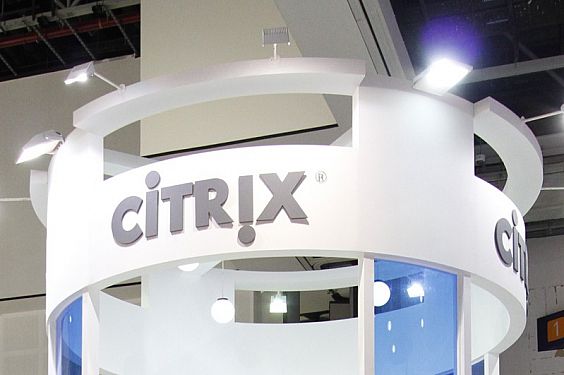Dan Worth| V3
IT skill sets will need to evolve as the hybrid model of cloud computing becomes the dominant architecture used in the future, according to Morgan Stanley’s global head of data centres. Speaking at the DataCentres Europe 2013 conference, Michael O’Toole said that the hybrid model offers the best mix between security, access and staff productivity.
As such, this will lead to an evolution in the skill sets that IT staff will require to do their job. In particular, IT will have to learn to deal effectiely with third party service providers that are used to host cloud-based applications and infrastructure outside of the IT department’s control.
“The face of IT departments is going to change. They will need to become a lot more commercially focused and have people who understand service levels, procurements, outsourcing and relationship building, rather than just using technology in silos and as components for putting systems together,” he said. “This will lead to roles like cloud architects and those working on cloud brokering services.”
O’Toole said it may be around three to five years before there is heavy demand for such skills, but he was upbeat that future generations would be equipped to deal with these issues.
“People will want to have the skills that are in demand. Graduates will understand that they will have to have a degree, say in computer sciences, but also financial and commercial skills, so they move to the top of the ranks in the IT world.”
He added that Morgan Stanley was currently developing its own internal strategies for this evolution, explaining that it has already moved some non-critical services to the cloud, such as business problem solving, into a system that now handles “millions of tickets a year”.
The firm also explained how it has a zone-based approach to its data centre needs based on speed, in an interesting insight into the demand of the financial sector.
- Zone 0 covers data that needs to be accessed almost instantaneously, around 50-100 microseconds.
- Zone 1 is for data centres that need to be close to the firm’s clients, so are often found in metropolitan zones, with latencies again around 50-100 microseconds.
- Zone 2 is for staff applications where speeds of around 50 milliseconds are acceptable, although over 150 milliseconds is considered too slow.
- Zone 3 data centres are those that are for non-time sensitive application requirements, such as overnight batch processing.













